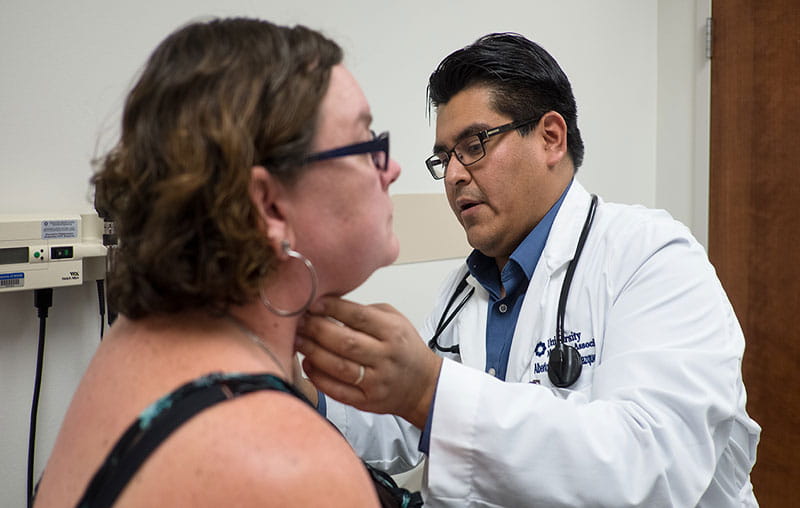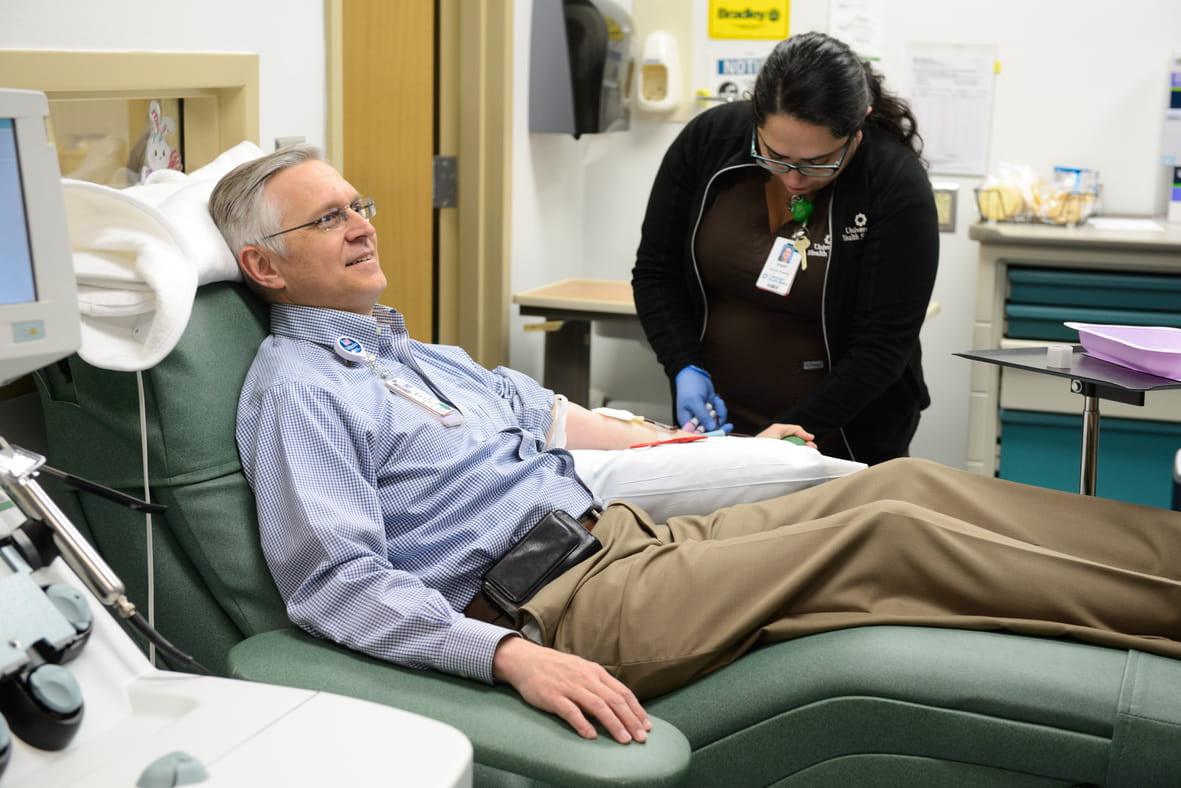As the temperatures in San Antonio start to heat up, you may consider taking your outdoor workouts indoors. Going for a walk or bike ride in the heat isn't as tempting as it was when temperatures were cooler.
If you'd like to take your workout indoors, consider these five indoor options. Some build on familiar activities, but others may be new to you.
Keep some variety in your exercise routines to prevent boredom and lower your risk of dropping out. Always check with your health care provider before starting a new exercise routine.
Kickboxing
Kickboxing uses martial arts kicks and punches in an aerobic class setting. Kickboxing is a high-intensity exercise. A 135-pound person is likely to burn between 350-450 calories during a 50-minute class, according to the American Council on Exercise.
Participants need to take steps to prevent injury, especially muscle strains and joint problems. If you're a beginner, start slowly and work up to more complicated moves.
Swimming and Water Aerobics
A pool workout isn't limited to the endless back-and-forth of lap swimming, thanks to water aerobics and other classes that take place in pools.
Because the effects of gravity decrease in the water, a pool workout is easy on the joints. Water is also about 12 times thicker than air. That increases resistance, so moving through water also gives you cardiovascular benefits as you build strength.
The pool can provide a workout at a high intensity with almost no impact, a real plus, especially as you get older. People recovering from injuries and women after pregnancy can also gain a lot from a water workout.
Remember: You still sweat, even in the pool, so drink water before you feel thirsty to remain hydrated. Also, because blood flows more easily when you're in the water, your heart rate will be lower than it would be using the same intensity on land. Pay attention to your breathing and how tired you feel so you don't overdo it.
Racquetball
Racquetball uses almost every muscle in your body, the U.S. Racquetball Association says. Your heart rate stays high even when you stop between points.
Finding a place to play should be easy. Courts are in nearly every YMCA, on many college campuses, and in many health clubs. Just be sure to protect your eyes with the correct eyewear when you play.
Climbing and Bouldering
Look for a specially designed climbing wall at your health club or local college. Scaling a 40-foot height using only handholds and footholds can seem scary. But even if you can't do a single chin-up, you can try a climbing wall.
Climbers always wear a safety harness. A partner on the other end of the rope is strapped in on the ground to keep any fall a short one. Climbing facilities will provide all the safety equipment and climbing shoes.
You can also try out a bouldering gym, where you climb a wall without a safety harness. A padded mat on the floor will break your fall if you lose your grip. Plus, climbing is an inherently social activity. Don't be surprised if you make a couple of new friends while chatting about your climbing strategies.
Indoor Cycling
If riding the stationary bike is getting old, you might want to try indoor cycling. This is often called spinning. Indoor cycling classes are instructor-led fitness classes taught on stationary bikes accompanied by music. The instructor takes you on a virtual ride, changing the speed and resistance.
Indoor cycling tones the lower body, works your heart and lungs, and burns between 350-600 calories per 45-minute class. Calories burned depend on the size of the participant and the intensity level of the class.
Classes can be high intensity and are generally not for a person who is just beginning to exercise. Even so, most instructors encourage participants to go at their own pace. This can be helpful as you get into better shape.
Fitness Center at Texas Diabetes Institute
If you'd like to get active but don't know where to start, ask your provider for a referral to the Fitness Center at Texas Diabetes Institute. Our certified fitness instructors lead walking groups as well as yoga, tai chi, arthritis, and fitness classes.
This article is provided by the StayWell Company, LLC Health Library. This information is not intended as a substitute for professional medical care. Always follow your health care professional's instructions.




